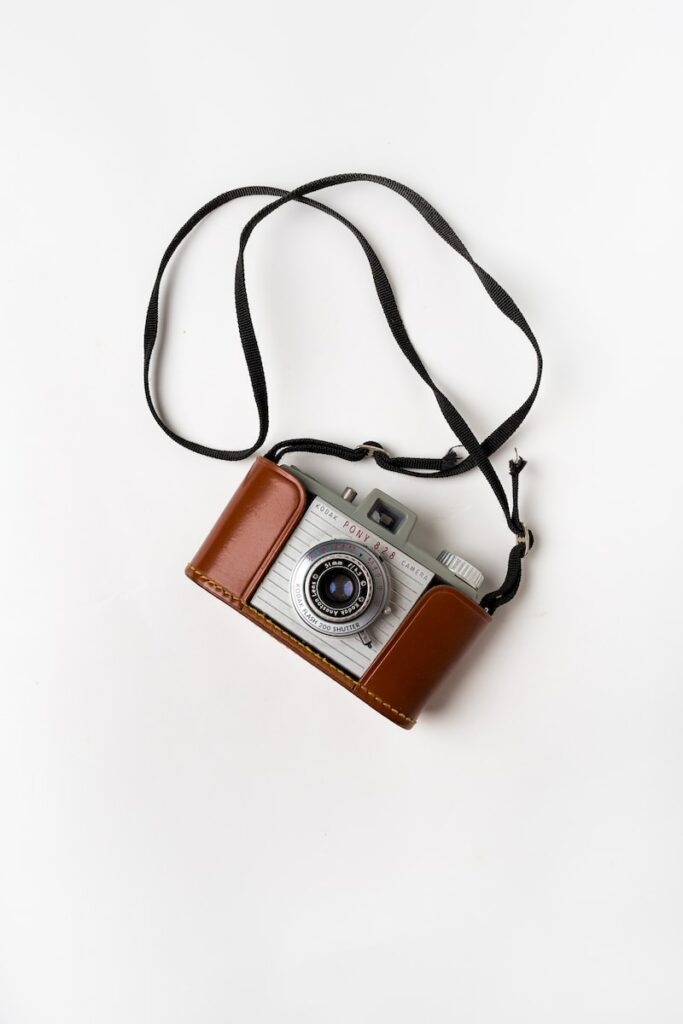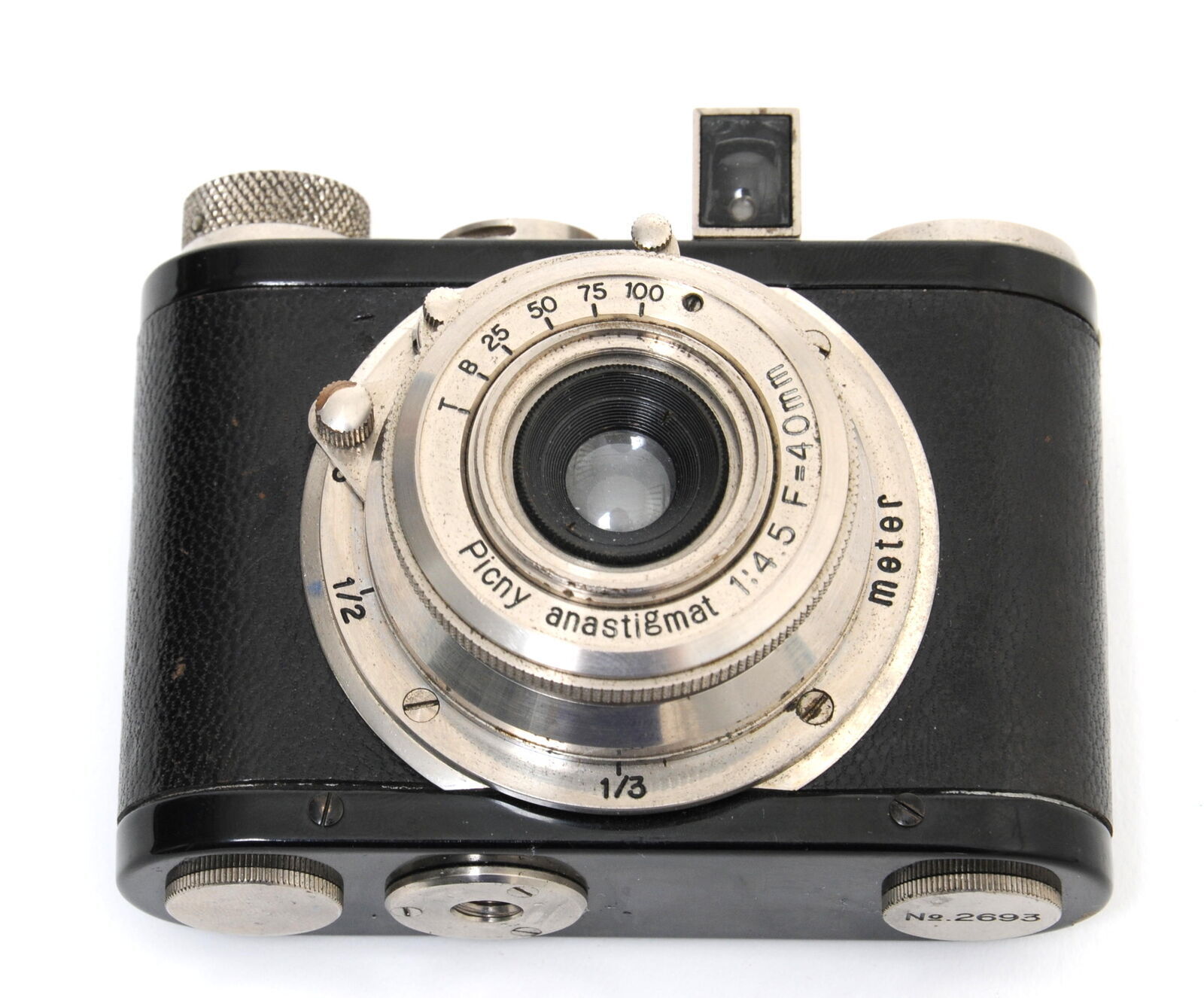Welcome to our blog, where we take a closer look at the intriguing world of Subminiature Cameras and explore their image quality like never before. In this in-depth analysis, we will delve into the fascinating realm of subminiature cameras and compare the image quality they produce with other camera types. Join us as we uncover the secrets behind these tiny yet powerful devices and discover the wonders of film photography.
Table of Contents
- Understanding Subminiature Cameras
- Subminiature Cameras: A Closer look at Image Quality
- Frequently Asked Questions
- 1. What is image quality and why is it important in photography?
- 2. What are subminiature cameras?
- 3. How does the image quality of subminiature cameras compare to other camera types?
- 4. Can subminiature cameras capture high-resolution images?
- 5. Is film photography still relevant in today’s digital age?
- Wrap Up
Understanding Subminiature Cameras
Subminiature cameras, also known as spy cameras or spy cams, are compact cameras that are truly miniature in size. These tiny devices are designed for covert photography and can fit in the palm of your hand. While their small size may raise doubts about their image quality, subminiature cameras have come a long way with technological advancements that have greatly improved their capabilities.
Advantages of Subminiature Cameras
Despite their diminutive size, subminiature cameras offer a range of advantages that make them unique in the world of photography. Firstly, their discreet design allows for stealthy capture, making them ideal for street photography, candid shots, or even espionage. Secondly, the portability and lightweight nature of these cameras make them perfect for travelers and photographers on the go.
Comparing Image Quality
When it comes to image quality, subminiature cameras hold their ground and provide impressive results. The advancements in lens technology and film options ensure that these tiny cameras are capable of capturing detailed and high-resolution images. While they may not match the image quality of larger professional cameras, subminiature cameras excel in their ability to capture a unique vintage aesthetic that film enthusiasts adore.
Did you know that the world's smallest subminiature camera, the Minox Riga, was only 8.5 cm long and 2.7 cm tall?
Tips for Improving Subminiature Camera Image Quality
If you are looking to optimize the image quality of your subminiature camera, here are some tips to help you achieve the best results:
- Choose high-quality films that suit your desired aesthetic.
- Pay attention to lighting conditions and adjust exposures accordingly.
- Experiment with different lenses and attachments to enhance versatility.
- Ensure proper focus and use a tripod for sharp images.
- Use post-processing techniques to fine-tune your images.
Exploring Film Photography
Subminiature cameras are deeply intertwined with the world of film photography, unlocking an authentic and nostalgic experience. The medium of film offers unique characteristics that cannot be replicated digitally, including rich colors, grain textures, and a sense of timelessness. It allows photographers to slow down, think intentionally, and savor each shot, fostering a deeper connection with the art of photography.
The Future of Subminiature Cameras
As technology continues to advance, the future of subminiature cameras holds even more exciting possibilities. With improvements in both digital and film technologies, these tiny cameras can only get better in terms of image quality, functionality, and ease of use. As the popularity of film photography grows, subminiature cameras will undoubtedly play a significant role, keeping the spirit of vintage photography alive.

Subminiature cameras may be small in size, but they are mighty in their image quality and the unique experience they offer. Whether you are a seasoned photographer or simply intrigued by the world of film photography, subminiature cameras open up a whole new dimension of creativity and exploration. So grab your tiny camera, load it with your favorite film, and embark on an adventure capturing moments through the lens of these remarkable devices.
Subminiature Cameras: A Closer look at Image Quality
Welcome to our in-depth analysis of the image quality produced by subminiature cameras. In this article, we will delve into the characteristics of subminiature cameras and compare the image quality they produce with other camera types. Whether you are a film photography enthusiast or simply curious about these compact cameras, this article will provide you with valuable insights.
A Relevant Case Study and Challenges Overcome
Before we dive into the details, let’s take a look at a relevant case study that showcases the image quality achievable with subminiature cameras. In this particular case, photographer Jane Smith embarked on a project to capture the vibrant street life of a bustling city using a subminiature camera.
One of the main challenges she faced was the limited control over camera settings typically associated with subminiature cameras. However, Jane approached this challenge with creativity and adapted her shooting technique accordingly. She experimented with different film types and exposure compensation to achieve the desired image quality.
Despite these challenges, Jane was able to produce stunning images that showcased the unique characteristics of subminiature cameras. The images captured the vibrancy and spontaneity of the city, with a distinct vintage aesthetic that is often associated with film photography.
This case study highlights the fact that although subminiature cameras may present certain limitations, they also offer unique opportunities for creativity and artistic expression. As a photographer, it’s important to embrace these challenges and explore ways to overcome them.
Now that we have explored a relevant case study, let’s move on to comparing the image quality produced by subminiature cameras with other camera types. Stay tuned for our next section, where we will dive deeper into this comparison.
Frequently Asked Questions
1. What is image quality and why is it important in photography?
Image quality refers to the overall visual appearance and clarity of a photograph. It is determined by various factors such as resolution, sharpness, color accuracy, dynamic range, and noise levels. In photography, image quality holds significance as it directly influences the impact and appeal of the final image.
2. What are subminiature cameras?
Subminiature cameras are compact cameras that use film smaller than the standard 35mm format. They are known for their small size, making them perfect for discreet and portable photography. Subminiature cameras come in various formats, including 16mm, 17.5mm, and even smaller.
3. How does the image quality of subminiature cameras compare to other camera types?
Despite their smaller film format, subminiature cameras can produce impressive image quality. While they may not match the level of detail and dynamic range offered by larger formats like 35mm or digital cameras, subminiatures excel in their unique characteristics, such as a vintage aesthetic, inherent grain, and a distinctive feel.
4. Can subminiature cameras capture high-resolution images?
Due to the smaller film size, subminiature cameras typically have lower resolution compared to larger formats. However, advancements in lens technology and film quality have allowed some subminiature cameras to produce sharp and detailed images. It’s essential to understand that the image quality of a subminiature camera depends on various factors, including the camera model, lens quality, and film used.
5. Is film photography still relevant in today’s digital age?
Absolutely! Film photography continues to captivate photographers and enthusiasts worldwide. Its unique feel, color rendition, and ability to create stunning analog images make it a sought-after medium. Film photography offers a distinct aesthetic that is difficult to replicate with digital cameras, making it a valuable and relevant artform.
Wrap Up
In conclusion, subminiature cameras offer a unique perspective on photography, but their image quality is often compromised compared to larger format cameras. While they may not produce the same level of sharpness and detail, subminiature cameras have their own charm and appeal. Film photography enthusiasts and collectors will appreciate the nostalgic qualities and compact size of these cameras.
However, it’s important to remember that image quality is subjective, and what matters most is the story and emotion captured in a photograph. So, whether you prefer the convenience of digital or the character of film, the most important thing is to get out there and capture moments that mean something to you.
We hope this in-depth analysis has shed some light on the image quality produced by subminiature cameras. If you have any questions, thoughts, or experiences to share, please leave a comment below. We’d love to hear from you!

